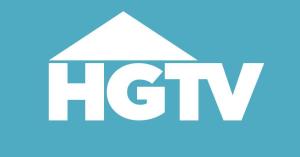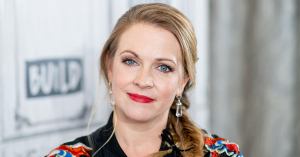This past March, the 2020 NASCAR Cup Series came to a screeching halt over the ongoing coronavirus pandemic and social distancing concerns raised from the global crisis. The sport, which was out of commission for more than 10 weeks, came back strong but with an altered schedule. Returning amid a pandemic was not easy, but Mike Davies and his FOX Sports team found considerable success while adapting new approaches to the age-old traditional format.
Speaking with PopCulture.com in an exclusive interview, Davies detailed the changing approach to broadcasting midway through the season schedule, admitting it took much deliberation. As the SVP of Field & Technological Operations, Davies is a veteran in broadcasting and has overseen a sizable number of high-profile sporting events — this includes Super Bowls XLII, XLV, XLVIII and LI, the Daytona 500 and many others. However, the 2020 pandemic created a new set of challenges.
Videos by PopCulture.com
“The first thing we realized was that we really had to limit the amount of people on site. This was something that certainly came from us, but NASCAR realized it right away that we just couldn’t have as many people at the track as we had before,” Davies told PopCulture. “Of course, that included fans, but it also included people who worked on the cars and pit crews and TV as well. And in certain cases, it did limit the amount of cameras and audio and pit reporters and things that we normally used. So we kind of stripped down to its bare essence and knowing that maybe we would bring some stuff back as well, but in so doing we knew that we needed to come up with some technological ways to augment the production with people who weren’t on site.”
In order to help offset some of the on-track losses, FOX Sports built up a technical facility in Los Angeles. This is where the team produced graphics and replay for the events on the schedule. However, this also increased the number of potential failure points on race day. To combat these potential issues, Davies and his team created various backups in case “everything went to hell.” The list of possibilities included technical issues or positive coronavirus cases.
While the lack of fans and the altered approach to broadcasting created a considerable number of concerns, it also sparked a unique addition. FOX Sports flew a drone over the track that was capable of 80 mph at a time. There were no concerns about flying over a populated area due to the lack of fans, and the camera provided a unique viewpoint of the track, the stands and the cars.
“The fan reaction has been fantastic to the drone,” Davies said. “Especially with NASCAR, because one of the biggest things about racing in general is that it’s very hard to get a view of just how fast the cars are going on TV. You go to a NASCAR track or you go to a F1 track or an Indy car track, you can see how fast these cars are going and it’s really exciting. […] I think that the lack of onsite fans has certainly helped that in terms of flying space. We may even take a step back once fans come back. But I think that the learning that we’ve done and the trust that we’ve gotten from NASCAR in terms of flying it safely and the difference it’s made in the broadcast, I think has been something that is going to stay with us forever in sports.”
FOX Sports planned for every possible outcome during the revamped NASCAR schedule, but there was still added pressure due to the way in which the sport returned. Instead of using the Gander Truck Series or the Xfinity Series, NASCAR brought the top-level Cup Series back first. This created some extra stress for Davies’ team, but they had an advantage due to a postponement activity. FOX Sports broadcast virtual iRacing events and used it as a “dry run” for Jeff Gordon and Mike Joy calling the action from the Charlotte studio.
“There was like real-time consequences to virtual driving, but it gave us a dry run for Mike and Jeff in the studio,” Davies said. “Because they were back in our Charlotte facility and they were able to kind of dry run, I mean, admittedly it was without a net because we were on TV and there were over a million people watching, but to kind of get comfortable with that off-site racing call. […] It was a fantastic dry run for what we needed to do, but it was a double benefit because hell, we got some valuable live content out of it as well.”
Most Viewed
-

Netflix logo is displayed during the 'Paris Games Week' on November 02, 2017 in Paris, France. Netflix is an American company offering streaming movies and TV series on the Internet. 'Paris Games Week' is an international trade fair for video games and runs from November 01 to November 5, 2017. (Credit: Chesnot / Getty Images)







